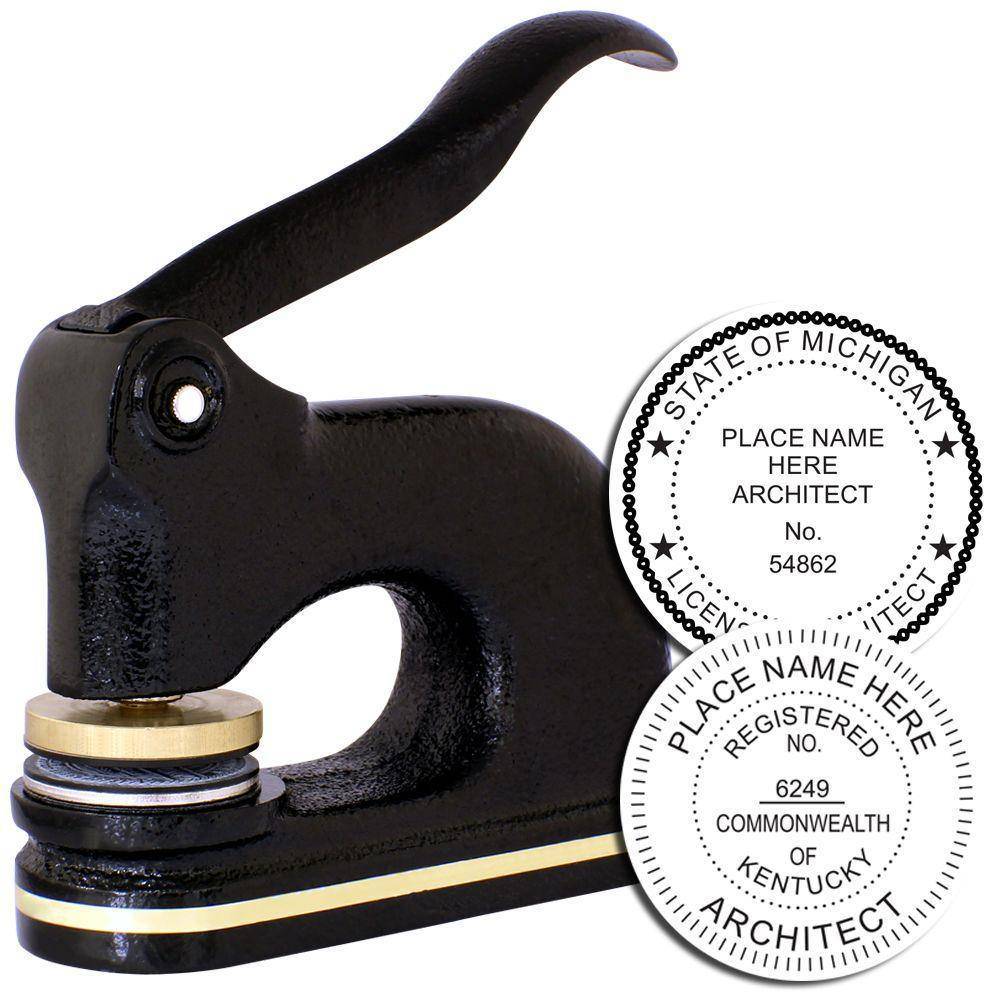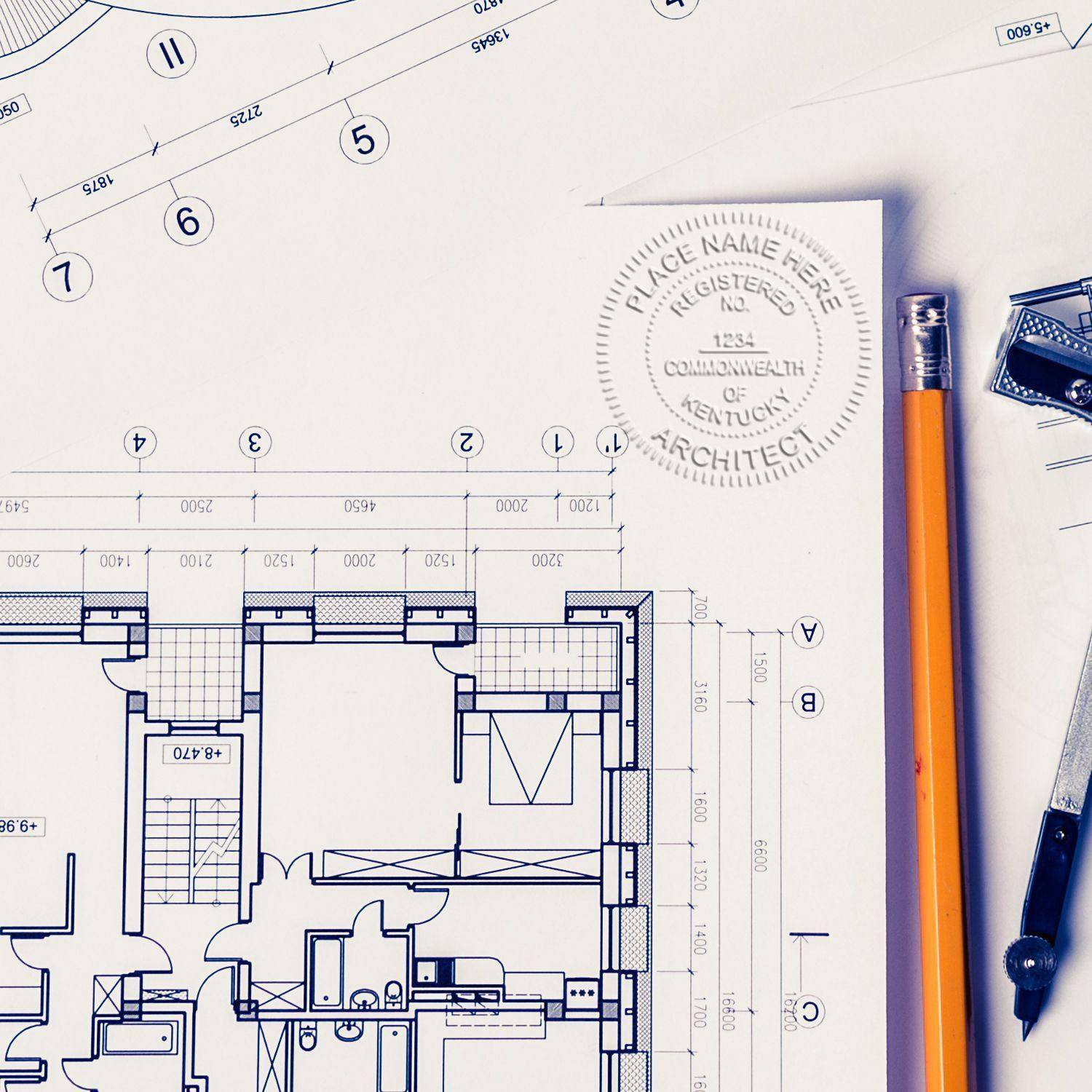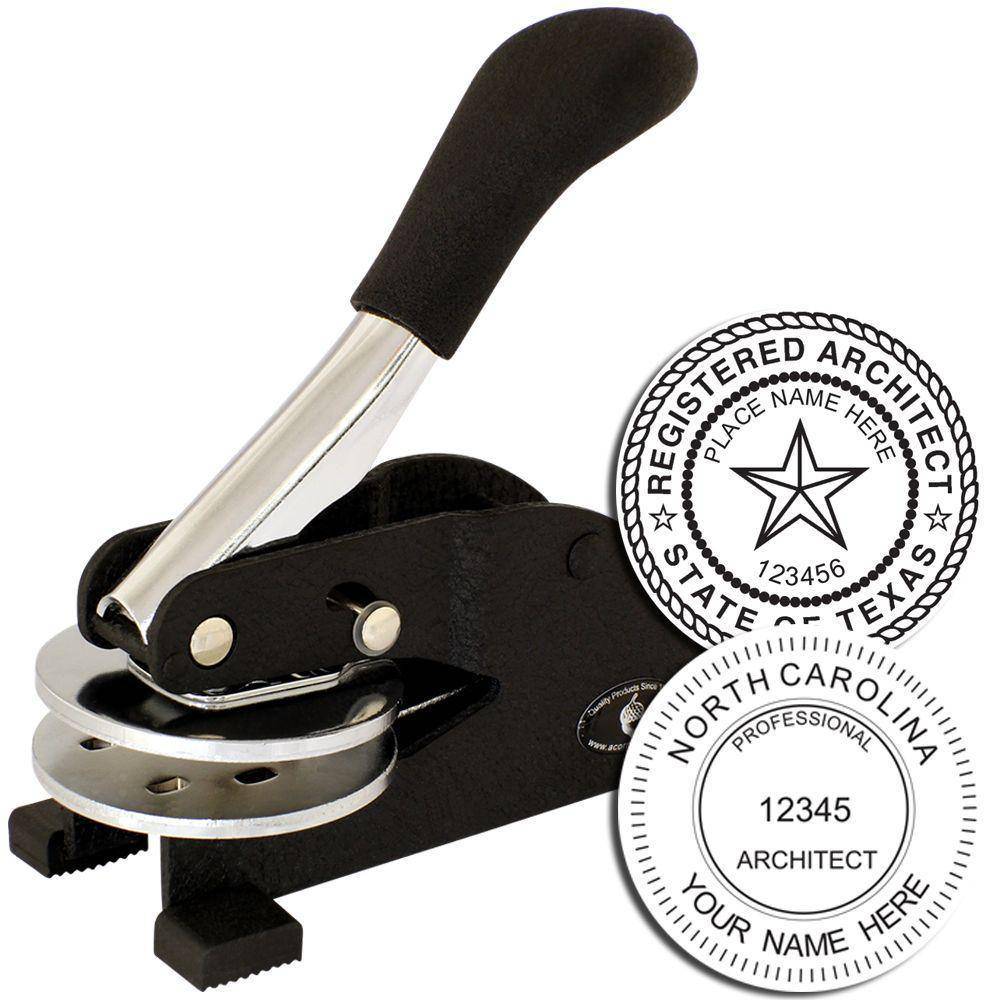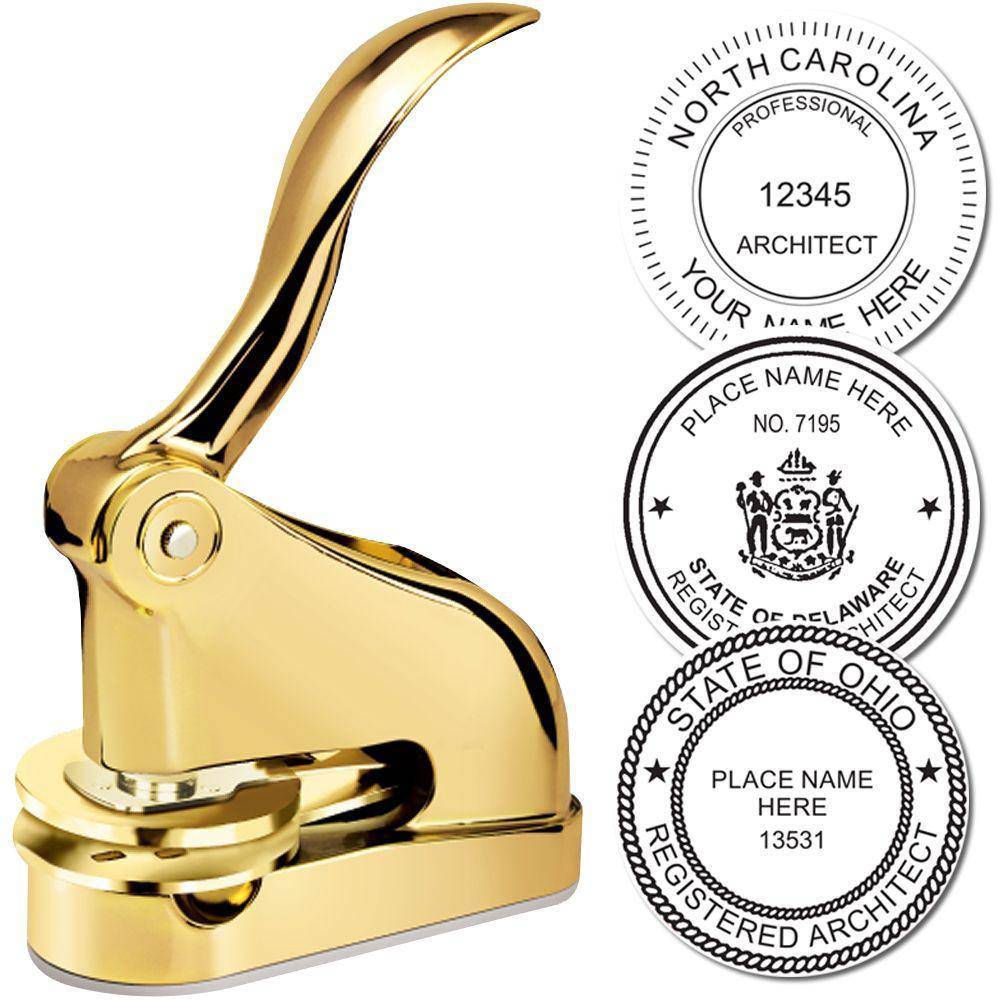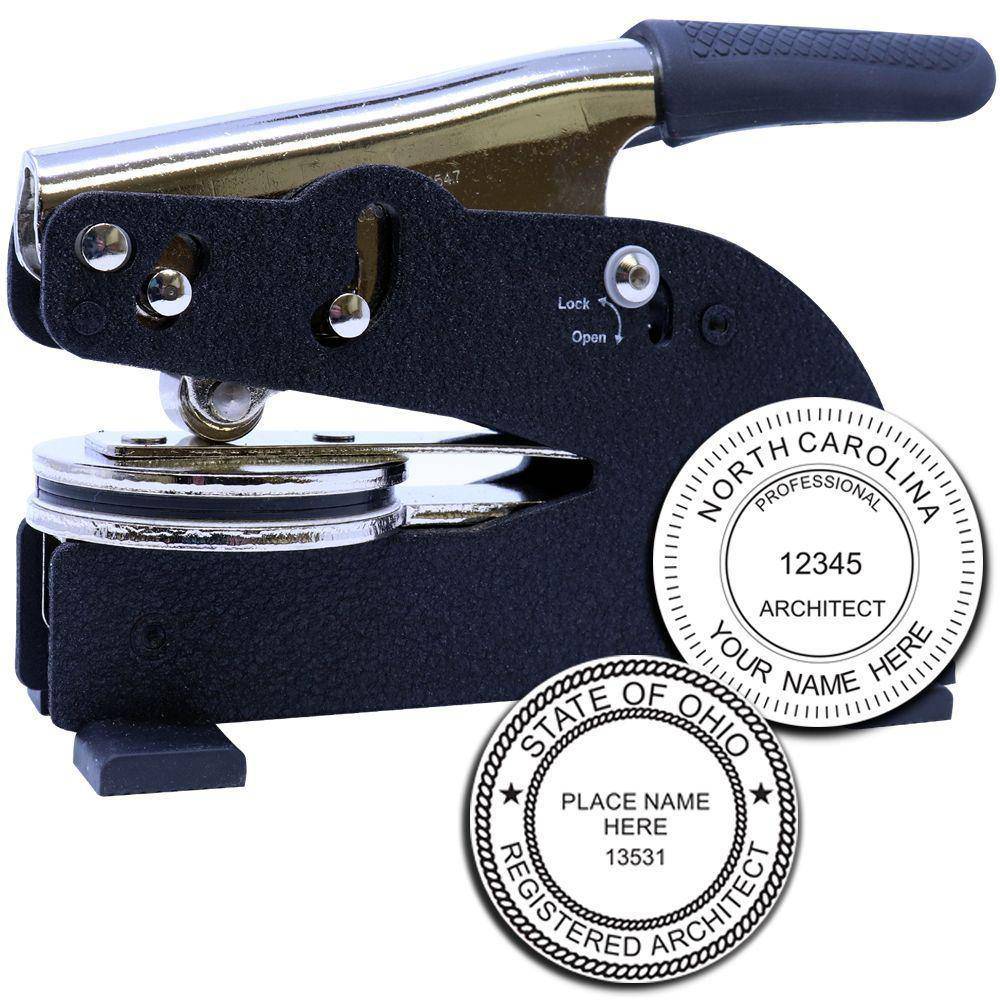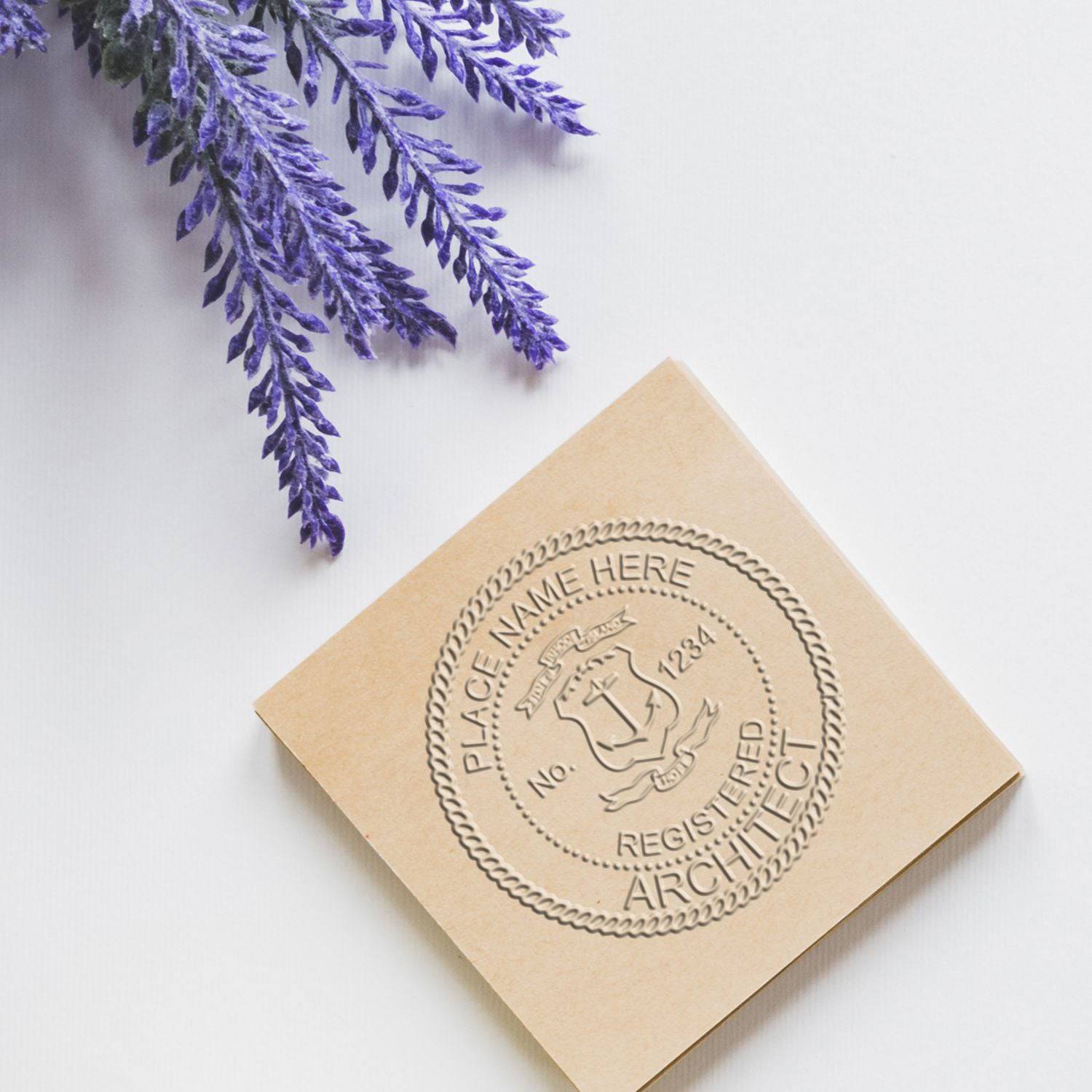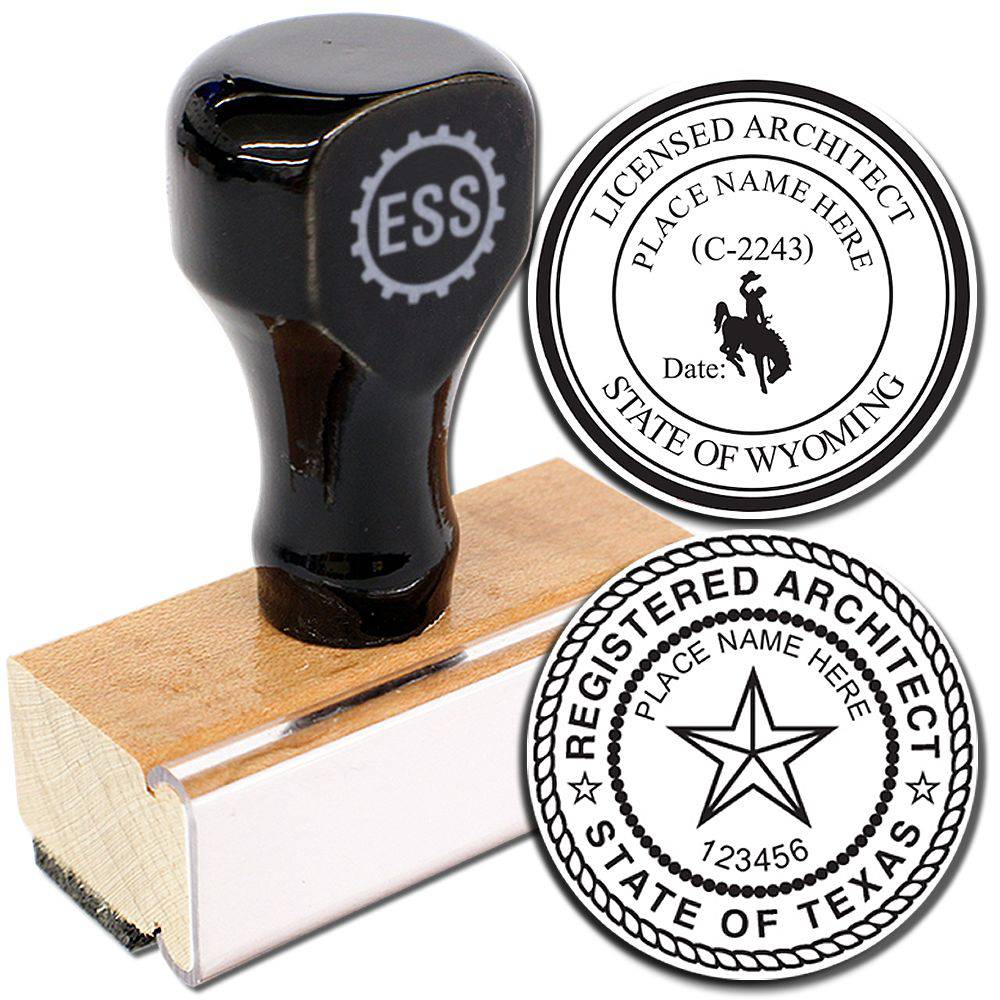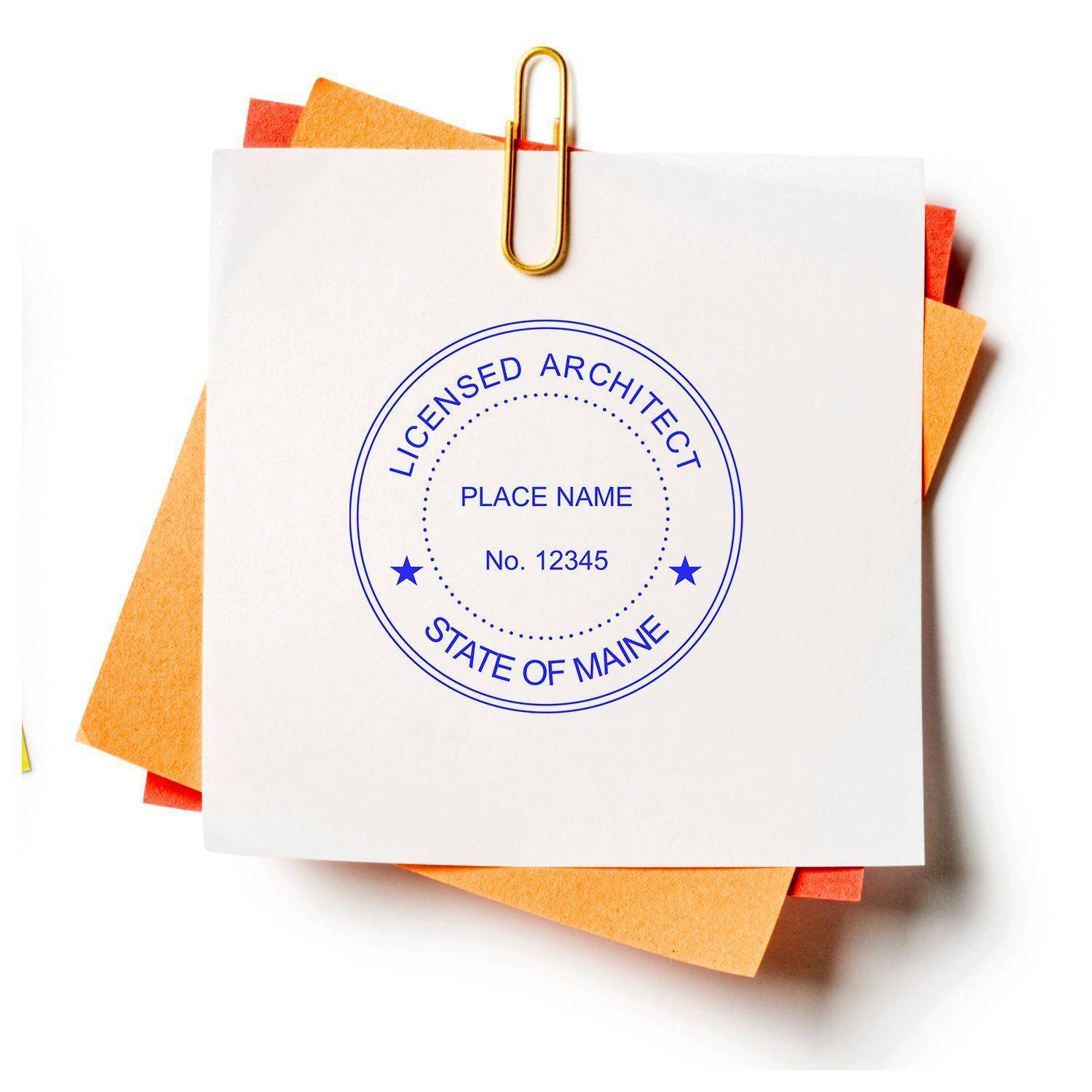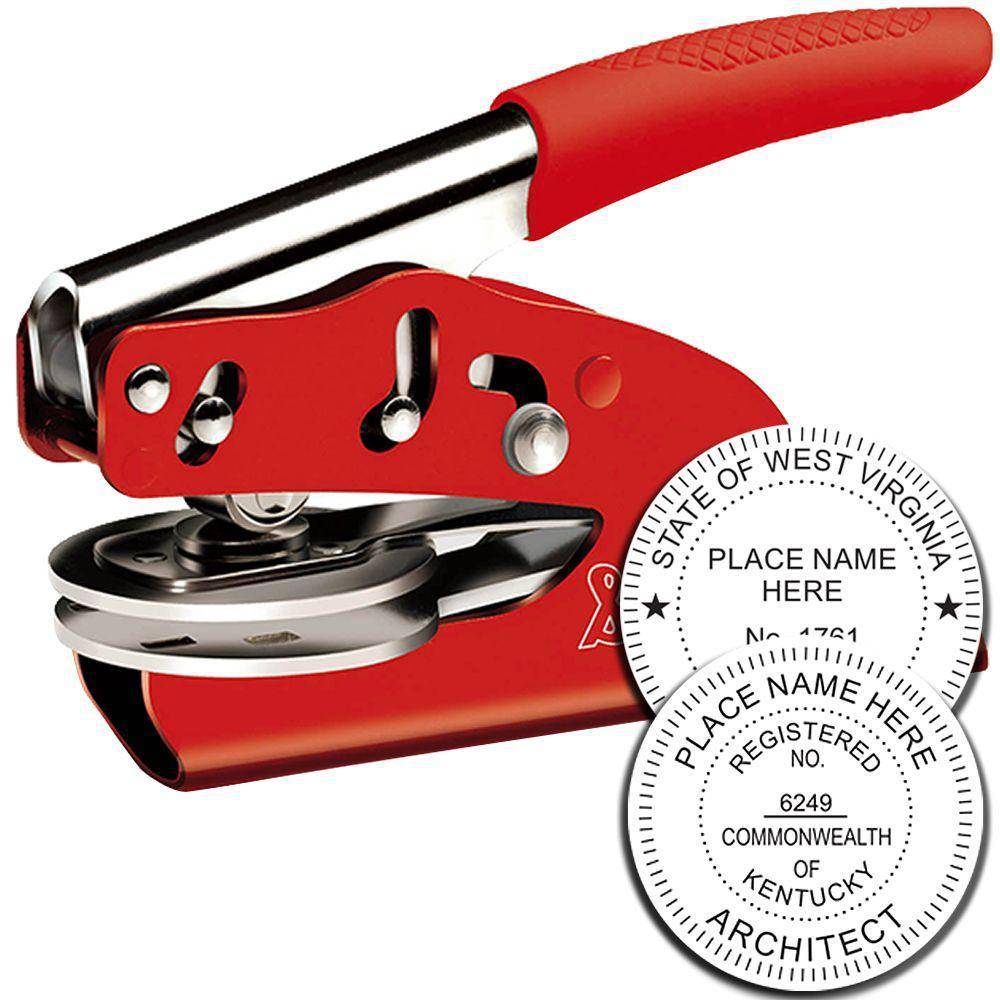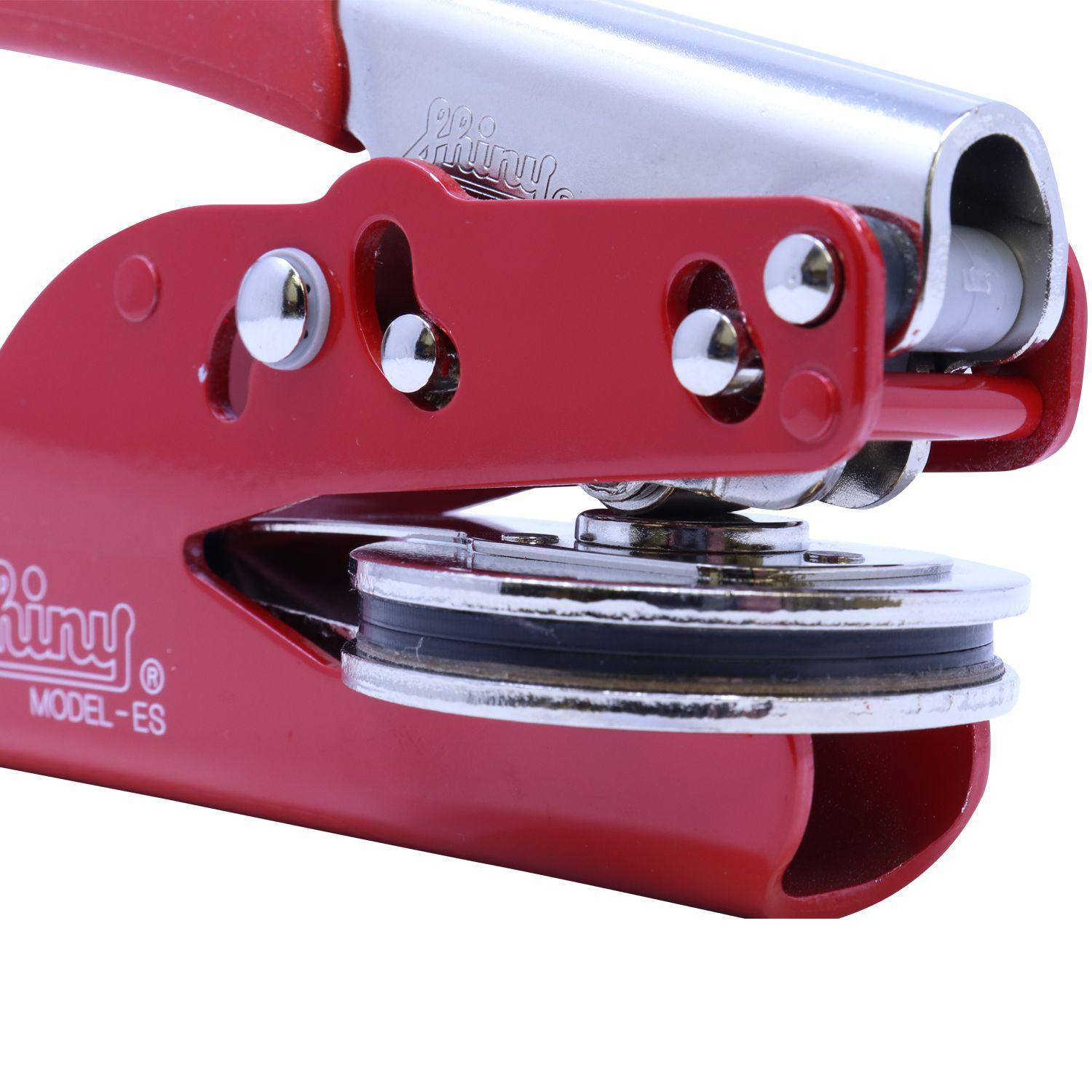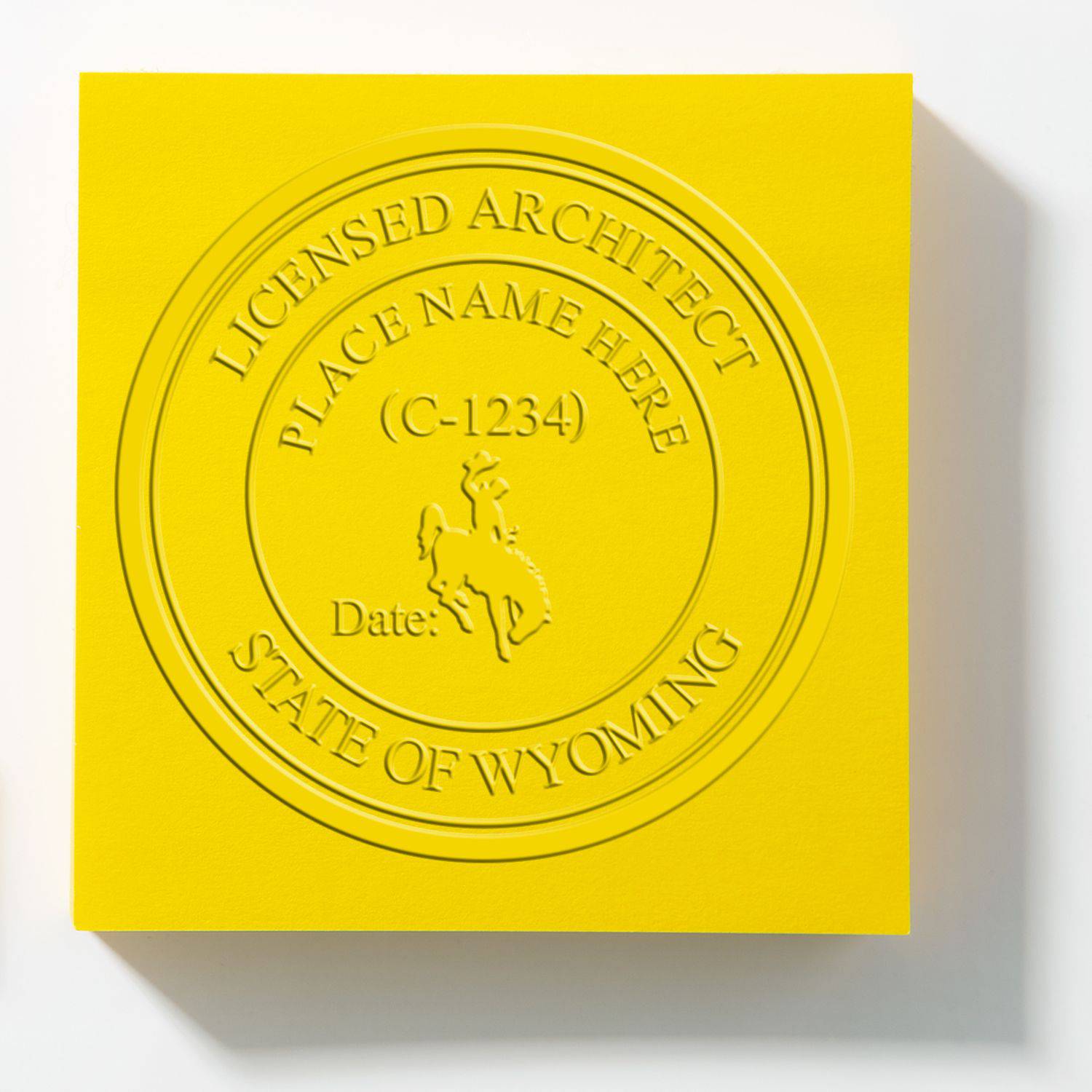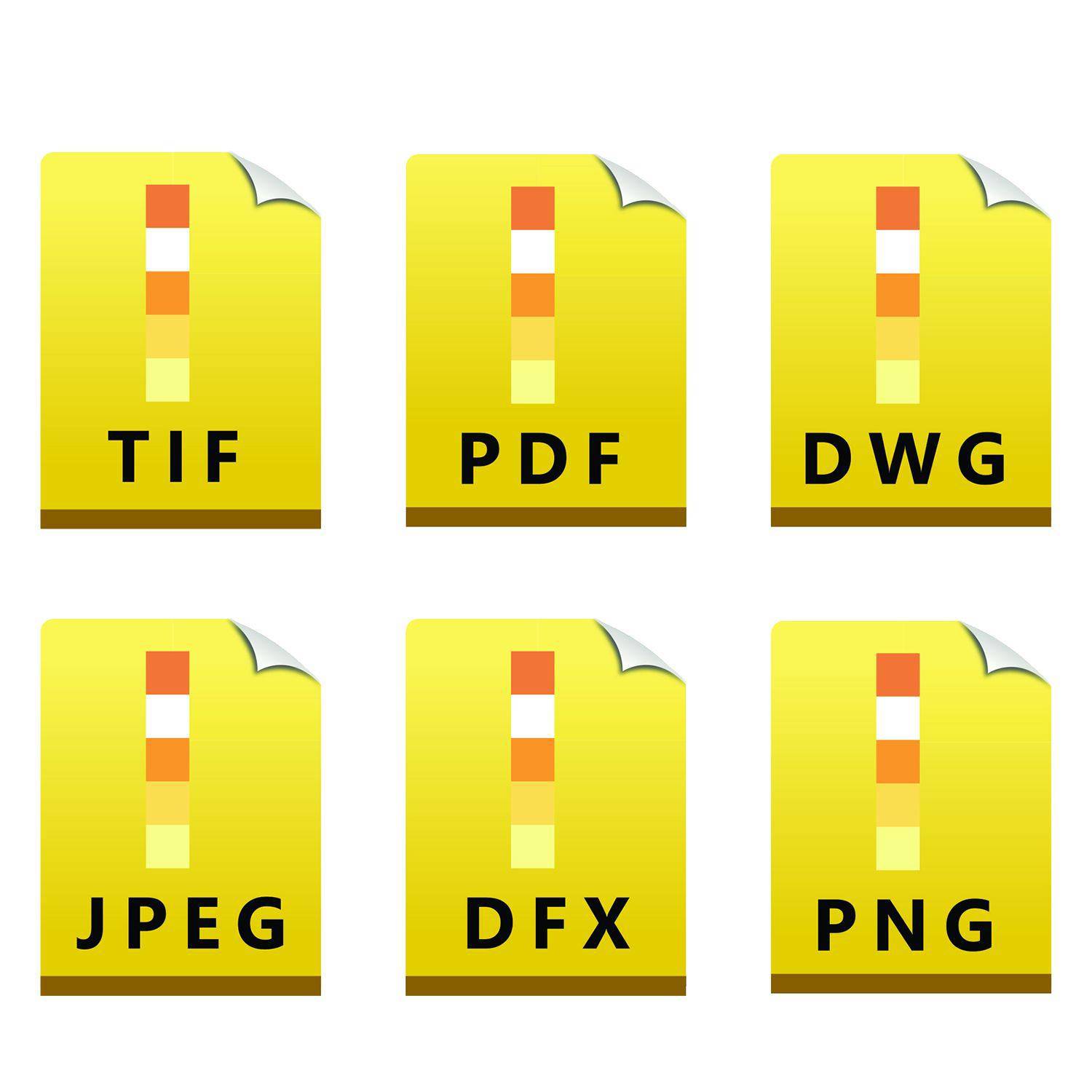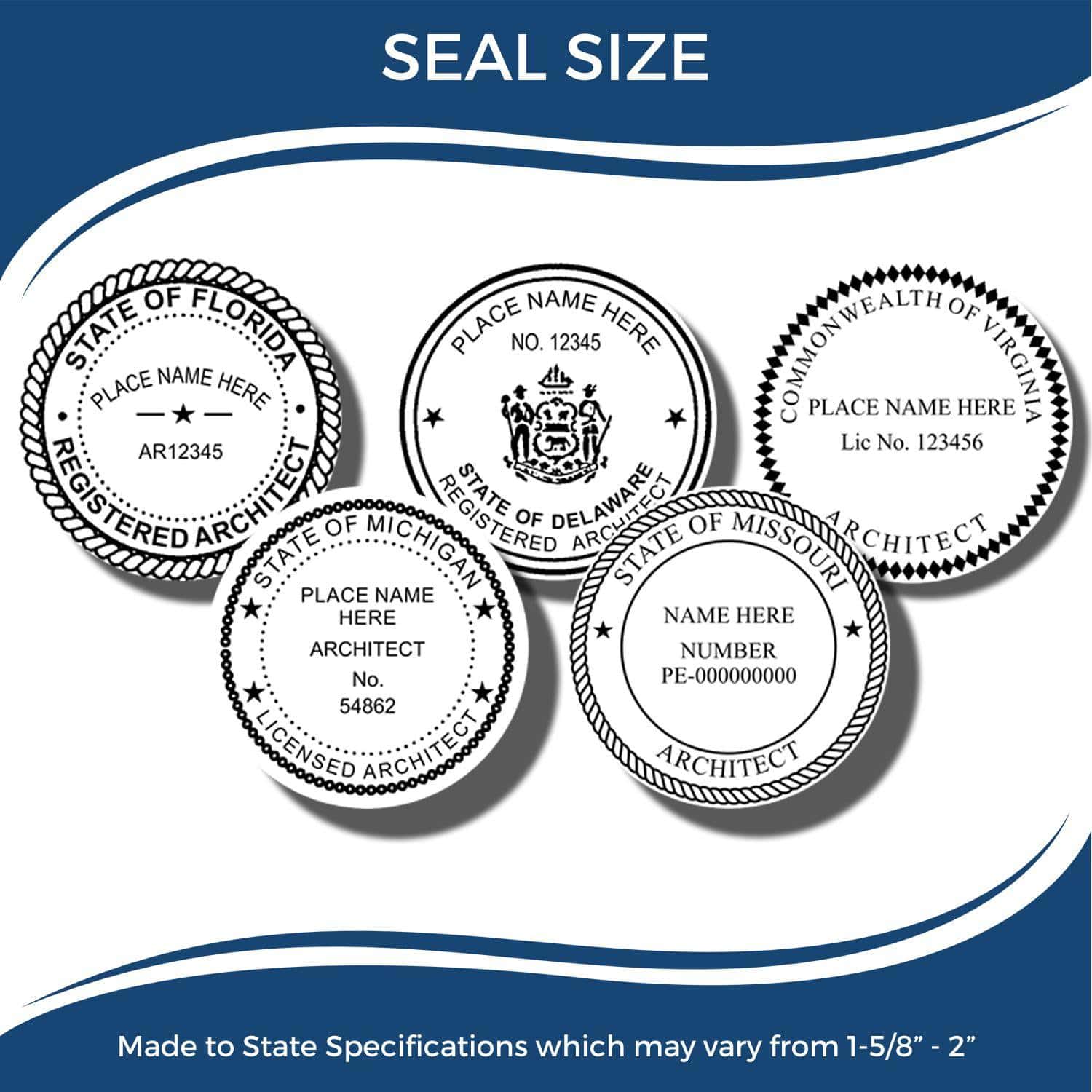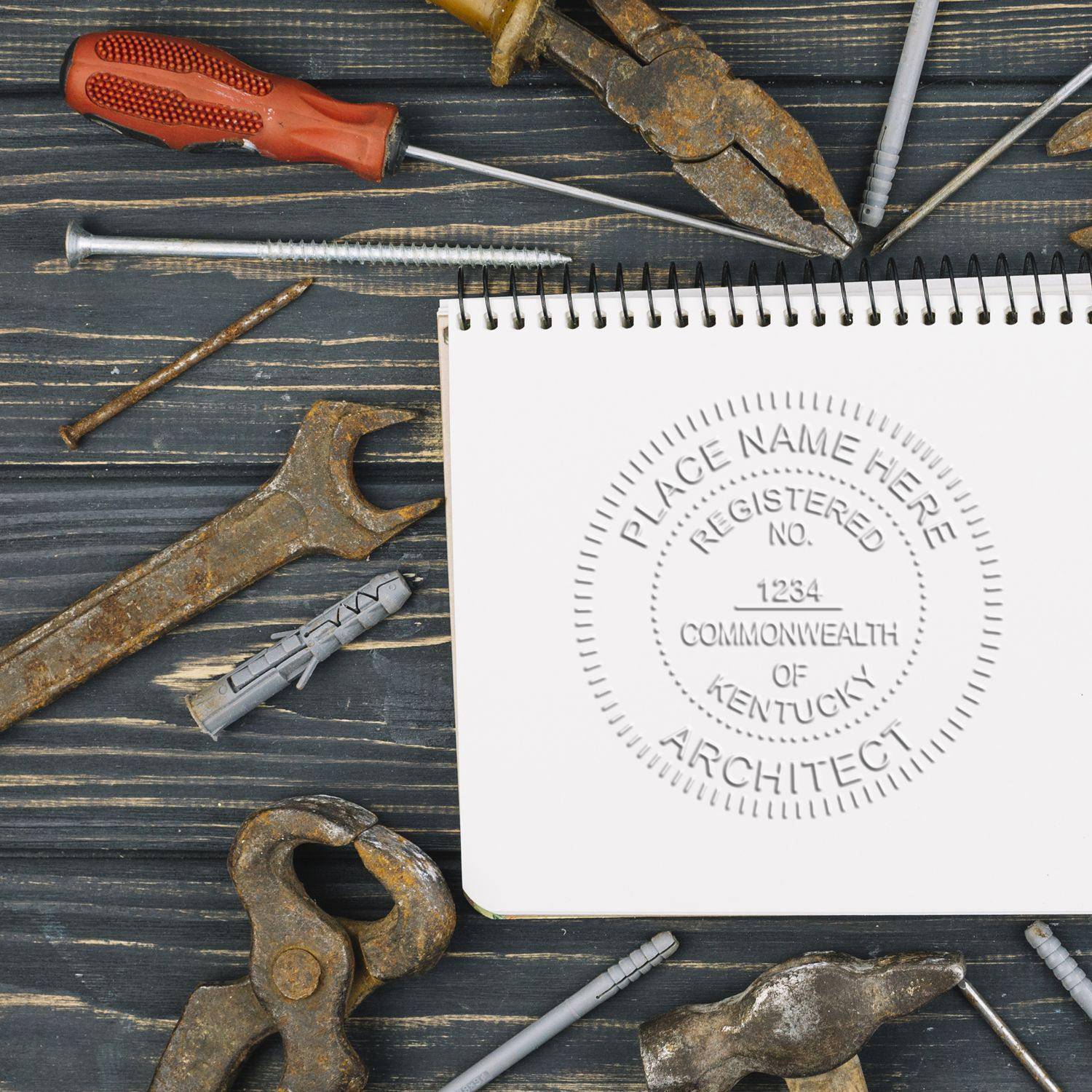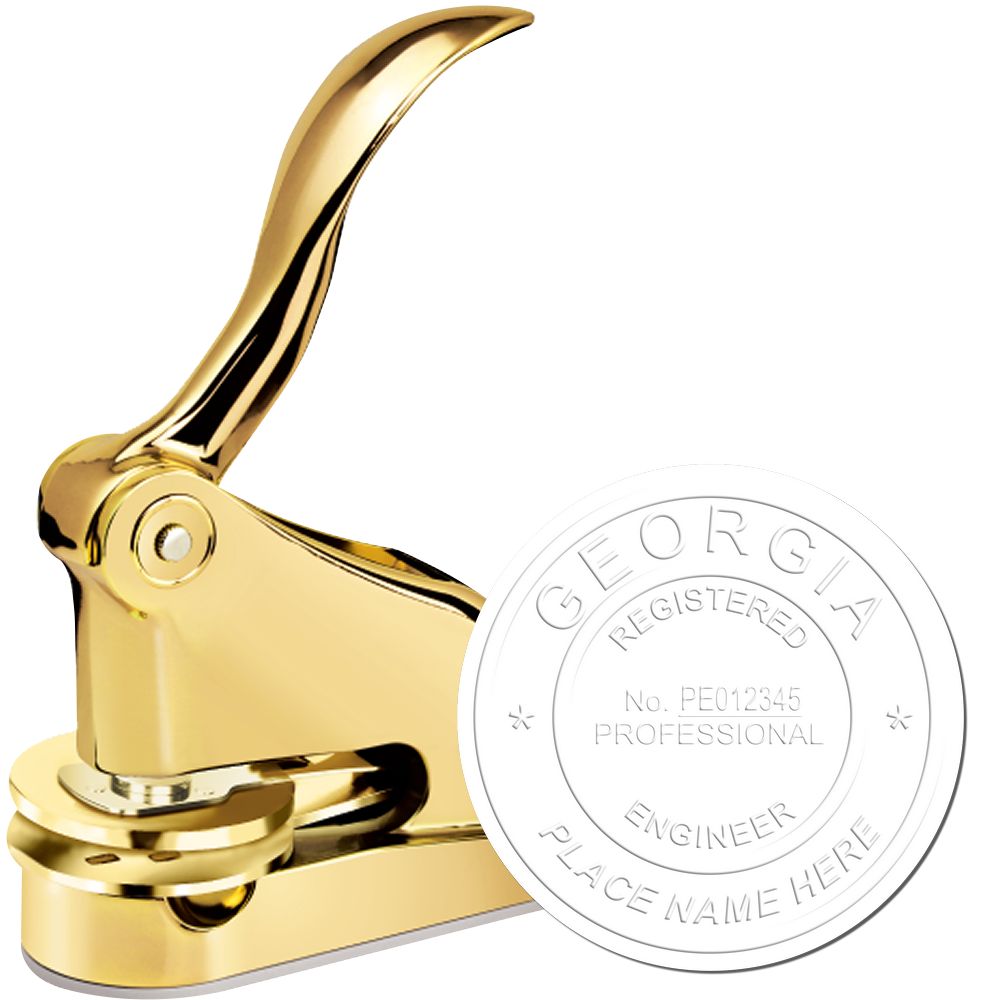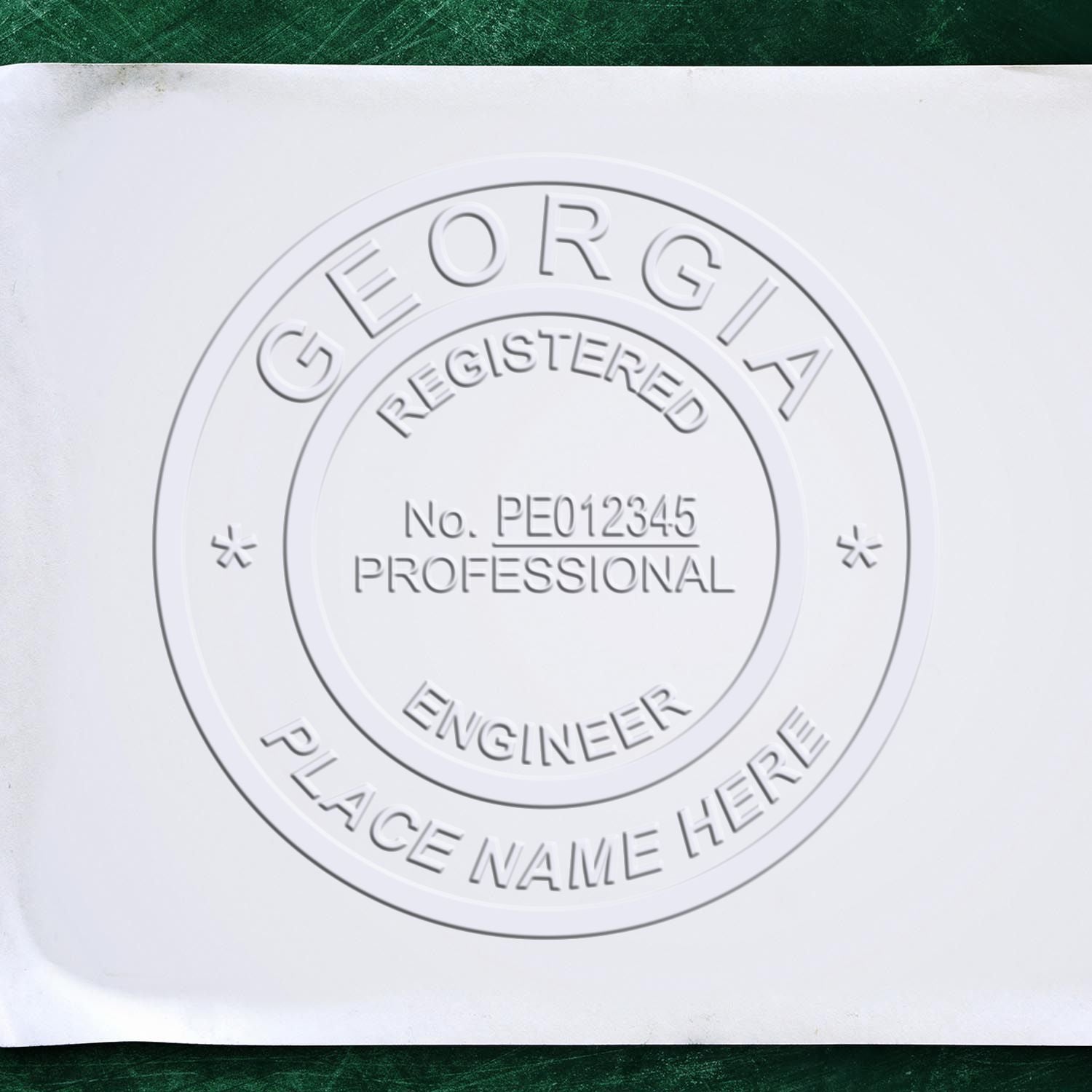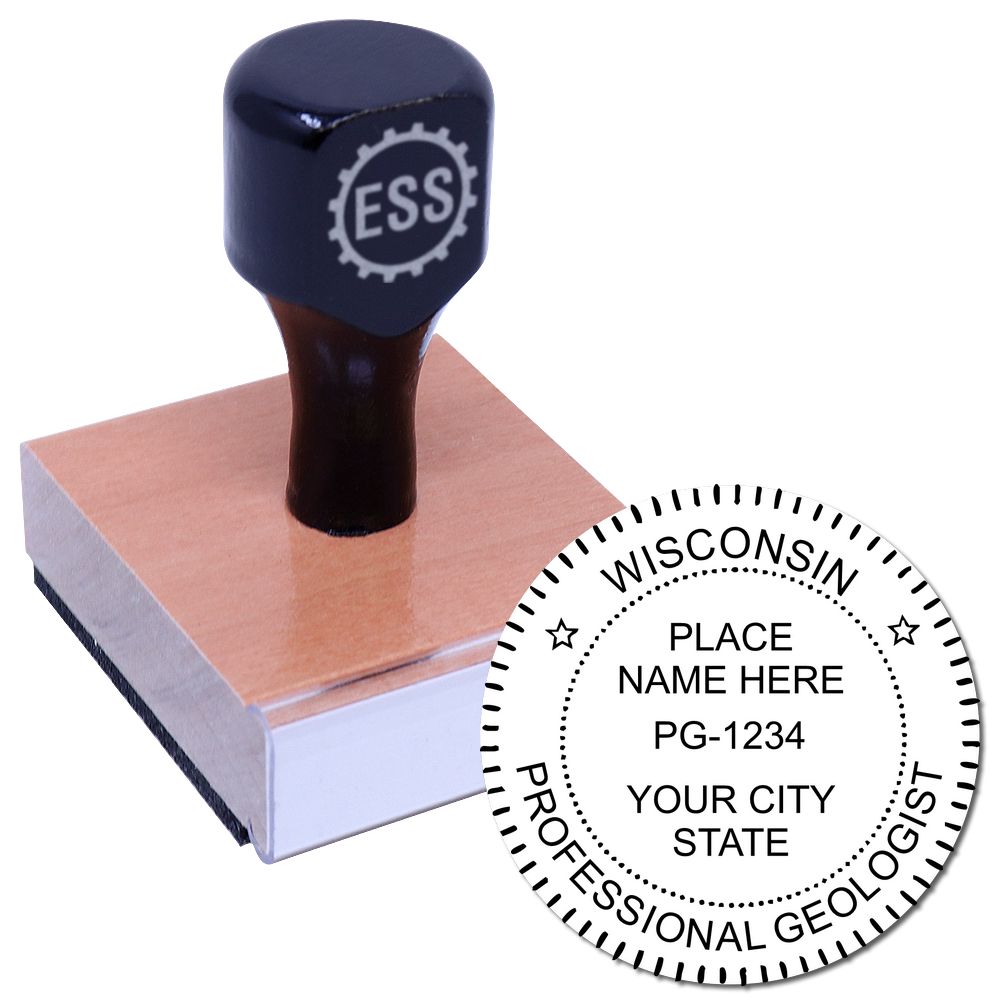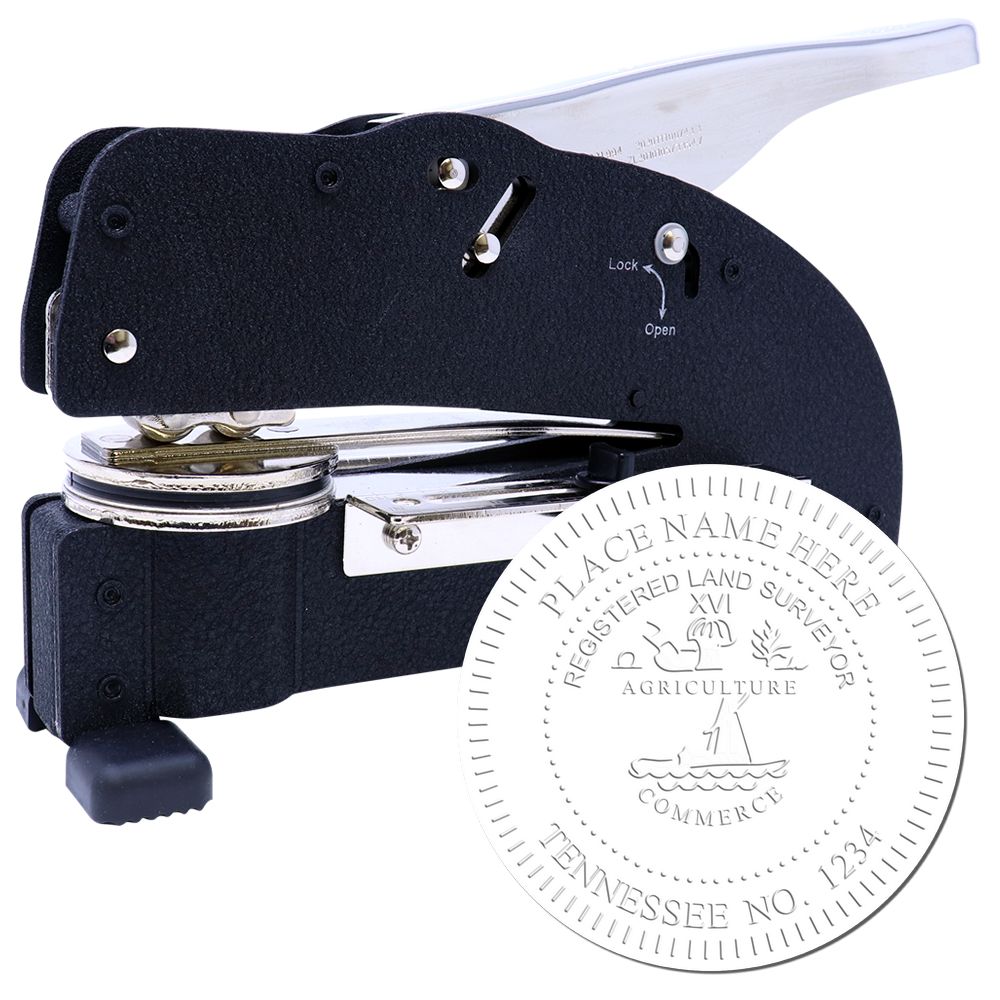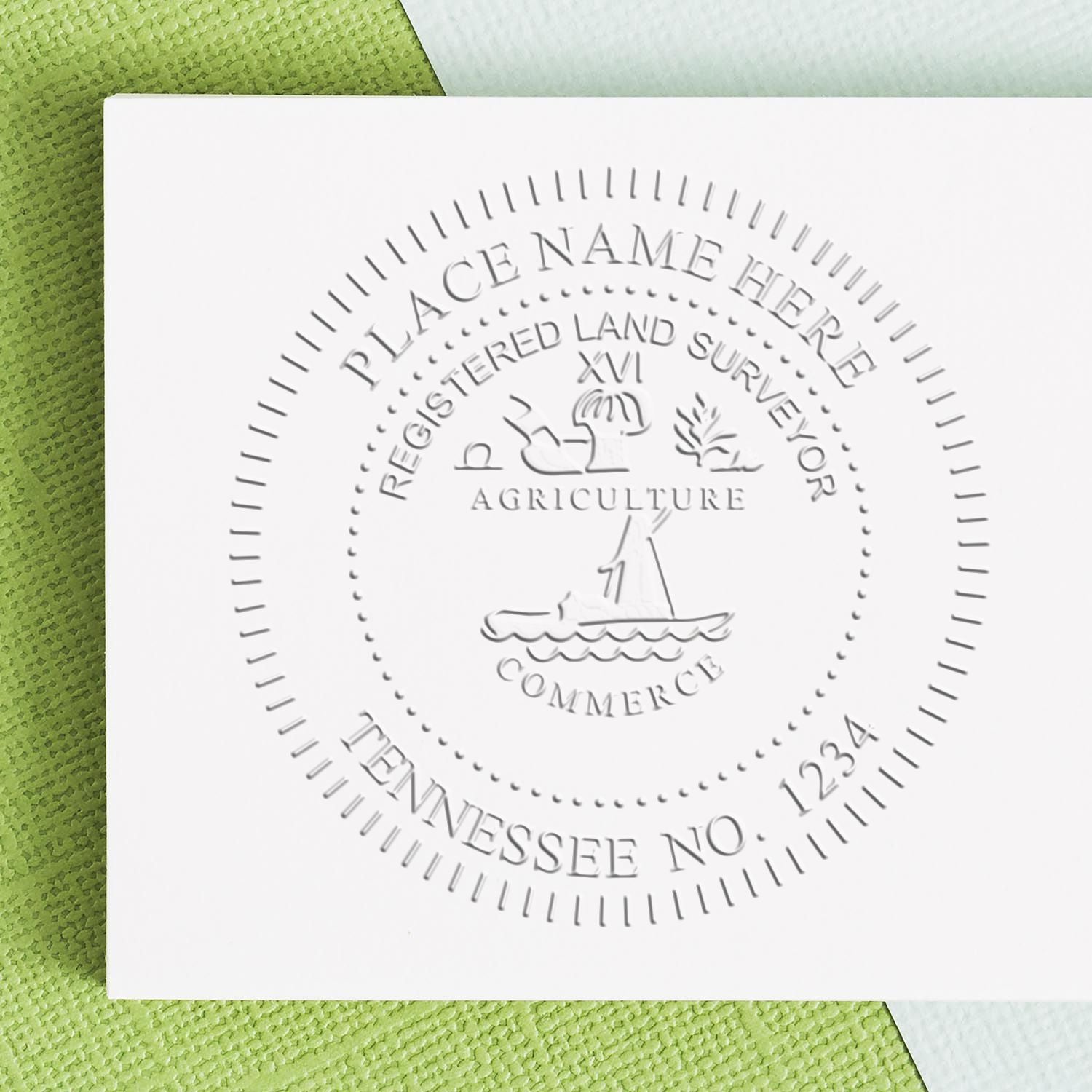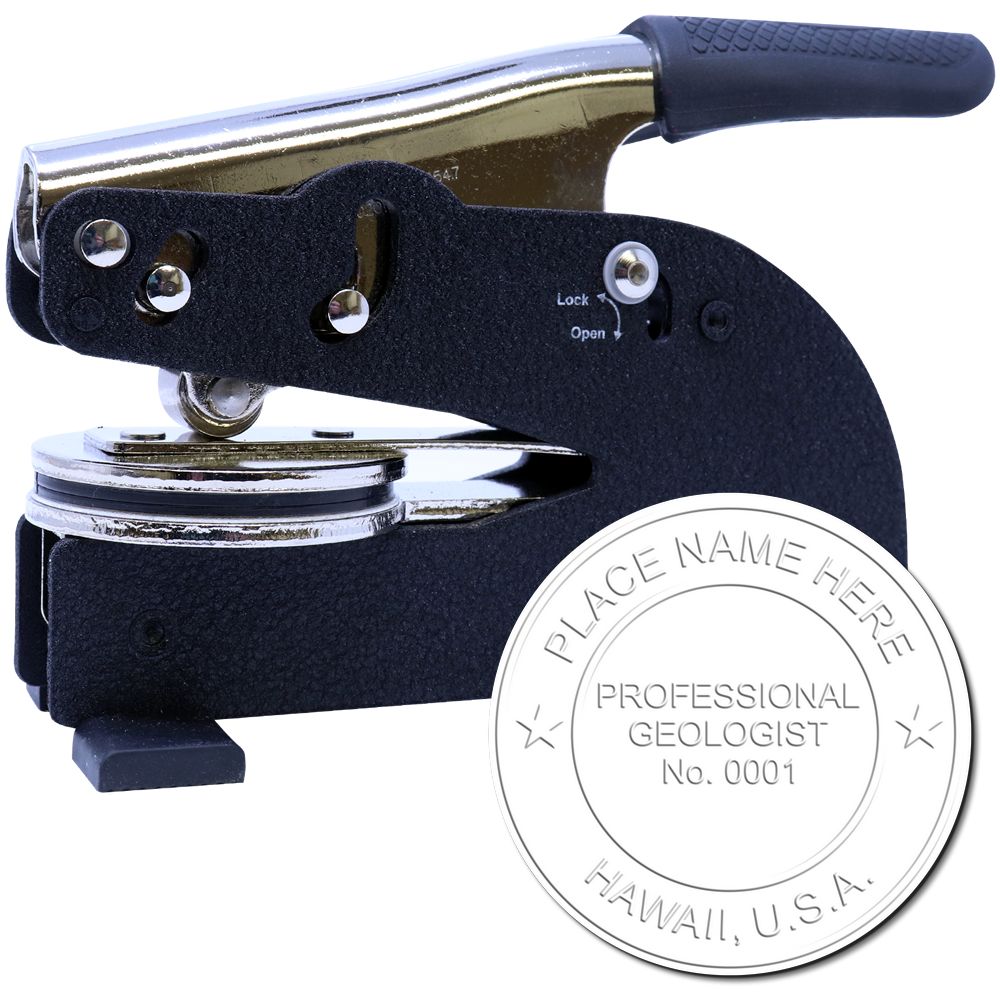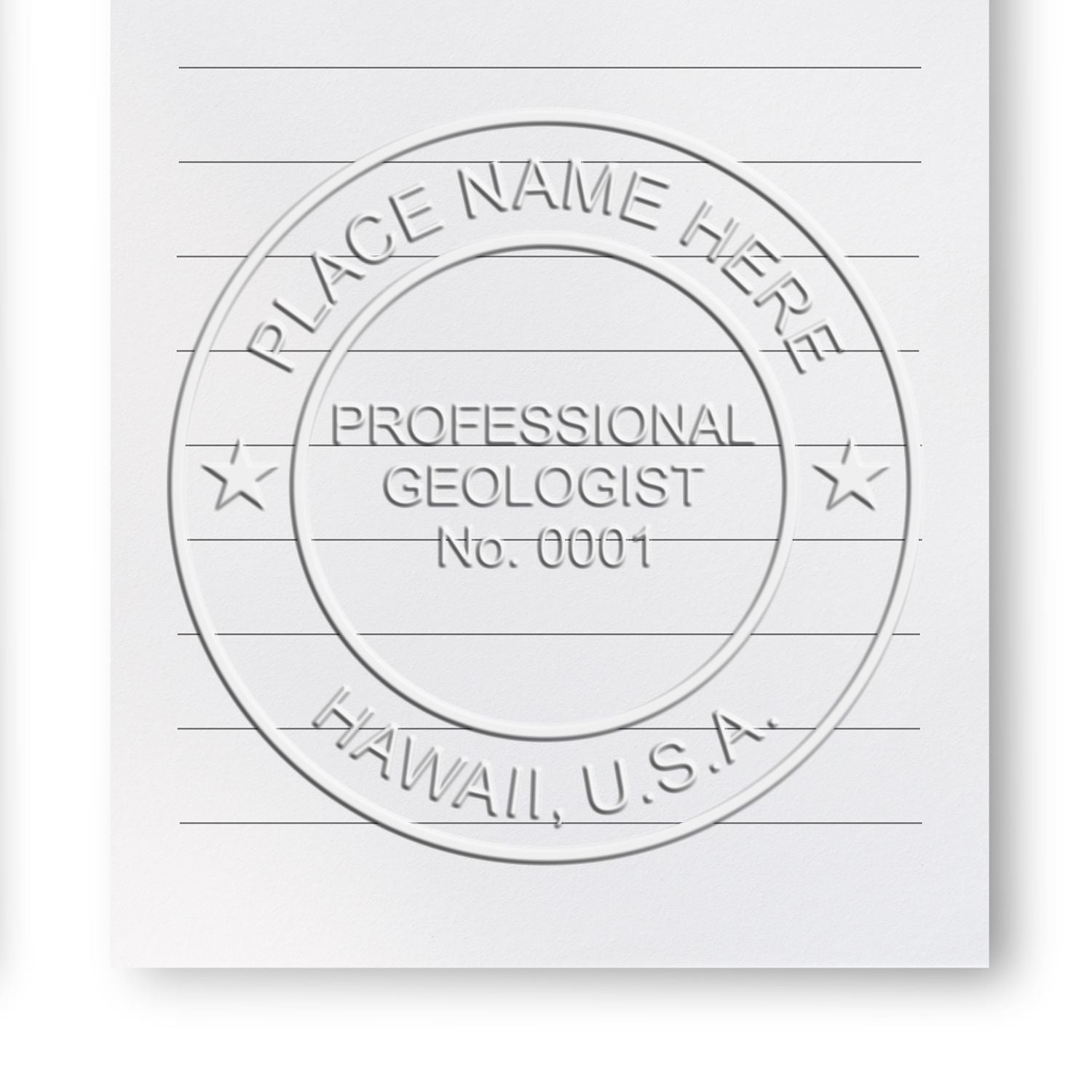Introduction to Landscape Architect Seals
As we delve into the topic of landscape architect seals, it's crucial to first understand what these seals represent and their importance in the field of landscape architecture.
What is a Landscape Architect Seal?
A landscape architect seal is an official stamp or embossment used by a certified landscape architect. This seal signifies that the professional has met all requisite qualifications and is duly licensed to practice landscape architecture in a specific jurisdiction. The seal typically includes the architect's name, license number, and the state of licensure.
Why Do Landscape Architects Need a Seal?
A landscape architect seal serves as a symbol of authority and accountability. When a landscape architect affixes their seal to a document, plan, or blueprint, they are essentially attesting that they have personally overseen the work and that it complies with all applicable regulations and standards.
Moreover, using a seal is often a legal requirement for landscape architects. Most states mandate the use of seals on all official documents, making it an essential tool for practicing landscape architects. Non-compliance can lead to legal repercussions and may damage the professional's reputation.
In addition to its legal significance, the seal also imparts a sense of professionalism and credibility to the architect's work. It is a visual affirmation of the architect's expertise, knowledge, and commitment to maintaining the highest standards of practice in their field.
Understanding the importance of a landscape architect seal is the first step in adhering to the landscape architect seal guidelines. For detailed information on the requirements for landscape architect seals, refer to our article on landscape architect seal requirements. Complying with these guidelines can help ensure that your seal is legally valid and professionally appropriate.
Understanding the Guidelines
The creation and use of a landscape architect seal is regulated by both national and state-specific guidelines. It's crucial to fully understand these rules to ensure your seal is compliant and legally valid.
National and State Regulations for Seals
While there are certain aspects of landscape architect seal guidelines that are universally accepted, many states have their own specific requirements. For instance, some states may require a specific size for the seal, while others may have stipulations about the information that must be included.
| State | Seal Size | Additional Information Required |
|---|---|---|
| California | 2 inches | License Number |
| New York | 1.5 inches | Date of License |
| Texas | 1.75 inches | Full Name and Signature |
For a comprehensive understanding of the regulations in your state, it's recommended to visit the board of landscape architects in your state or check our article on landscape architect seal requirements.
Essential Components of a Landscape Architect Seal
Regardless of differing state regulations, there are certain elements that are universally accepted as necessary components of a landscape architect seal. These include:
- The full name of the licensed landscape architect
- The license number
- The state in which the landscape architect is licensed
| Component | Description |
|---|---|
| Full Name | The landscape architect's full legal name as registered with the licensing board. |
| License Number | The unique license number assigned by the licensing board. |
| State | The state in which the landscape architect is licensed and the seal is valid. |
These components are crucial for the identification and validation of the landscape architect. The seal serves as a tangible representation of the architect's qualifications and adherence to professional standards. For more information on seal design, check our article on landscape architect stamp design.
Understanding the guidelines for landscape architect seals is key to ensuring compliance and maintaining professional credibility. By being aware of both national and state-specific regulations, you can create a seal that accurately represents your qualifications and meets all legal requirements.
The Importance of Seal Compliance
Adherence to landscape architect seal guidelines is not only a matter of best practice but also a legal and professional requirement. Failure to comply with these guidelines can lead to severe consequences, both legally and professionally.
Legal Implications of Non-compliance
Non-compliance with landscape architect seal guidelines can lead to a variety of legal complications, including fines, penalties, and possible suspension or revocation of your professional license. Each state has its own set of regulations governing the use of landscape architect seals, and these rules are enforced by the respective licensing boards. Non-compliance may be viewed as a breach of professional conduct and could result in disciplinary action.
For example, in some states, failure to comply with seal requirements may result in fines ranging from $500 to $5,000 per violation. In extreme cases, non-compliance could lead to suspension or revocation of the landscape architect's license. Therefore, it's crucial to familiarize yourself with your state's specific landscape architect seal requirements and landscape architect stamp regulations to avoid legal repercussions.
| Consequence of Non-compliance | Potential Legal Action |
|---|---|
| Fines | $500 to $5,000 per violation |
| Suspension | Temporary cessation of professional license |
| Revocation | Permanent loss of professional license |
Professional Reputation and Credibility
Apart from the legal implications, non-compliance with landscape architect seal guidelines can also impact your professional reputation and credibility. The seal serves as a testament to your professional qualification and adherence to industry standards. Hence, any irregularities or deviations from the prescribed guidelines can raise questions about your professionalism and integrity.
Clients, peers, and regulatory bodies may view non-compliance as negligence or a lack of professional competence. This could lead to loss of trust, damage to your professional reputation, and potential loss of business opportunities. Therefore, maintaining compliance is not just about avoiding legal penalties, but also about preserving your professional standing and credibility in the industry.
Adherence to landscape architect stamp design, landscape architect stamp embossing, and landscape architect seal size guidelines are integral components of maintaining professional standards and demonstrating your commitment to your profession.
Tips for Designing a Landscape Architect Seal
Designing a landscape architect seal is a task that requires careful consideration. It's not just about creating an aesthetic emblem but also about ensuring that it adheres to the required landscape architect seal guidelines. In this section, we'll explore the key factors to consider when designing a seal, including the information to include and how to strike a balance between aesthetic appeal and compliance.
Choosing the Right Information to Include
The information featured on your landscape architect seal is crucial. As per the guidelines, it should include details such as your name, license number, and the state in which you're licensed. Some states also require additional information, such as the license expiration date or the phrase "Licensed Landscape Architect."
The table below provides a summary of the key details that are commonly required on a landscape architect seal:
| Information | Description |
|---|---|
| Name | The full legal name of the licensed landscape architect. |
| License Number | The unique number assigned by the licensing board. |
| State | The state in which the landscape architect is licensed. |
| License Expiration Date | The date on which the license expires (if applicable). |
| "Licensed Landscape Architect" | The professional title, indicating licensure. |
For a full breakdown of the information required by each state, refer to our article on landscape architect seal requirements.
Balancing Aesthetic and Compliance
While compliance is paramount when designing a landscape architect seal, there's still room for creativity. The seal should reflect your professional identity and align with your brand. However, it's important to ensure that the aesthetic elements don't compromise the legibility or compliance of the seal.
When choosing fonts and layout options, consider clarity and readability. The details on the seal should be easily discernible, even when the seal is resized. The diameter of the seal often varies by state, so make sure your design remains clear and legible at the specified size. Our guide on landscape architect seal size provides useful insights on this topic.
The choice of color is also essential. While some states allow colored seals, others mandate black and white. Ensure that your color choice aligns with your state's landscape architect stamp regulations.
Lastly, consider the method of embossing or stamping. Some states specify the type of seal (embossed, rubber stamp, or electronic), while others are more flexible. The method of embossing can affect the design and layout of your seal. For more information on this, refer to our guide on landscape architect stamp embossing.
In conclusion, designing a landscape architect seal involves a delicate balance between compliance and creativity. By carefully considering the information to include and the aesthetic elements, you can design a seal that not only adheres to the guidelines but also represents your professional identity.
Care and Maintenance of Your Seal
To ensure the longevity and effectiveness of your landscape architect seal, proper care and maintenance are crucial. This involves proper storage and handling, as well as knowing when to replace your seal.
Proper Storage and Handling
Your landscape architect seal is an important professional tool. It must be stored and handled correctly to prevent damage and maintain its functionality. When not in use, it should be stored in a cool, dry place away from direct sunlight and extreme temperatures.
Handling your seal requires care, too. It's essential to apply pressure evenly when using the seal to ensure a clear and complete impression. Over time, ink pads may dry out or become exhausted. Regularly checking and replenishing the ink can help maintain the quality of the seal impressions.
Remember, a well-maintained seal not only ensures clear and readable impressions but also extends the seal's lifespan.
When to Replace Your Seal
Despite your best efforts in maintaining your seal, there will come a time when it needs to be replaced. This could be due to wear and tear, changes in your professional information, or alterations in the landscape architect seal requirements.
Signs that your seal may need replacing include incomplete or unclear impressions, difficulties in using the seal, visible physical damage, or changes in the landscape architect stamp regulations that render your seal non-compliant.
It's also necessary to replace your seal if there are changes in your professional status, such as a change in your license number or state of registration. Keeping your seal up-to-date is not only an aspect of professional responsibility, but it also ensures that you remain compliant with landscape architect seal guidelines.
| Signs to Replace Your Seal |
|---|
| Incomplete or unclear impressions |
| Difficulties in using the seal |
| Visible physical damage |
| Changes in regulations |
| Changes in professional status |
Maintaining your landscape architect seal is an essential part of your professional practice. Proper storage, handling, and knowing when to replace your seal will ensure you remain compliant with regulations and uphold the highest standards of your profession.
About ESS
At Engineer Seal Stamps or ESS, we take pride in being the leading manufacturers of custom rubber stamps, professional seals, and notary stamps in the industry. Our dedication to delivering stellar customer service is evident in our state board guarantee on all our top-quality products.
With years of experience in the industry, we have perfected the art of crafting high-quality seals and stamps that meet the needs of engineers, architects, surveyors, and other professionals. Whether you are looking for traditional embossing seals or modern self-inking stamps, we have you covered.
Our commitment to quality is reflected in every aspect of our business, from the materials we use to the state-of-the-art machines we employ in the manufacturing process. We understand the importance of precision and accuracy in your work, which is why we go the extra mile to ensure that all our products are of the highest quality. At ESS, we believe that our success is measured by the satisfaction of our customers and the trust they place in our products. That's why we always strive to provide excellent customer service, from answering queries to providing expert advice on the best products to suit your needs.
In summary, ESS is more than just a manufacturer of custom rubber stamps, professional seals, and notary stamps. We are a team of dedicated professionals committed to providing our customers with the highest quality products, along with exceptional customer service that exceeds their expectations.


